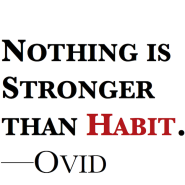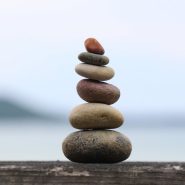Tag: cello playing
By Selma Gokcen November 26, 2013
Subjects Playing Healthy
Tags accuracy, act, Alexander Technique, attention, Awareness, back, blog, cello, cello playing, cellobello, detect your intention, discovery, distress, effect, effect on cello playing, effortless quality, experiment, familiar, fingers, Gokcen, Habits, head to toe, holding, motion, neck, neuromuscular system, our surroundings, overdoing, pack up our habits, position of rest, Preparation, response, response to life, Selma, sitting, solution, standing, successful functioning in daily activities, support, tension, the preparation phase of movement, well-practiced
By Selma Gokcen October 17, 2013
Subjects Playing Healthy
Tags acrobatics, Alexander Technique, ankle, arms, cello, cello playing, cellobello, elbow, firm, foot, freedom of movement, Glenohumeral Joint, Gokcen, heavy lifting, hip, hunched shoulders, joints, knee, legs, Lumbar spine, mobility, muscles, pelvic structures, principles of stability and mobility, relationships, Scapula, Selma, shifting, shoulder girdle, Spine, stability, stable back, strong, Thoracic Spine, weight


